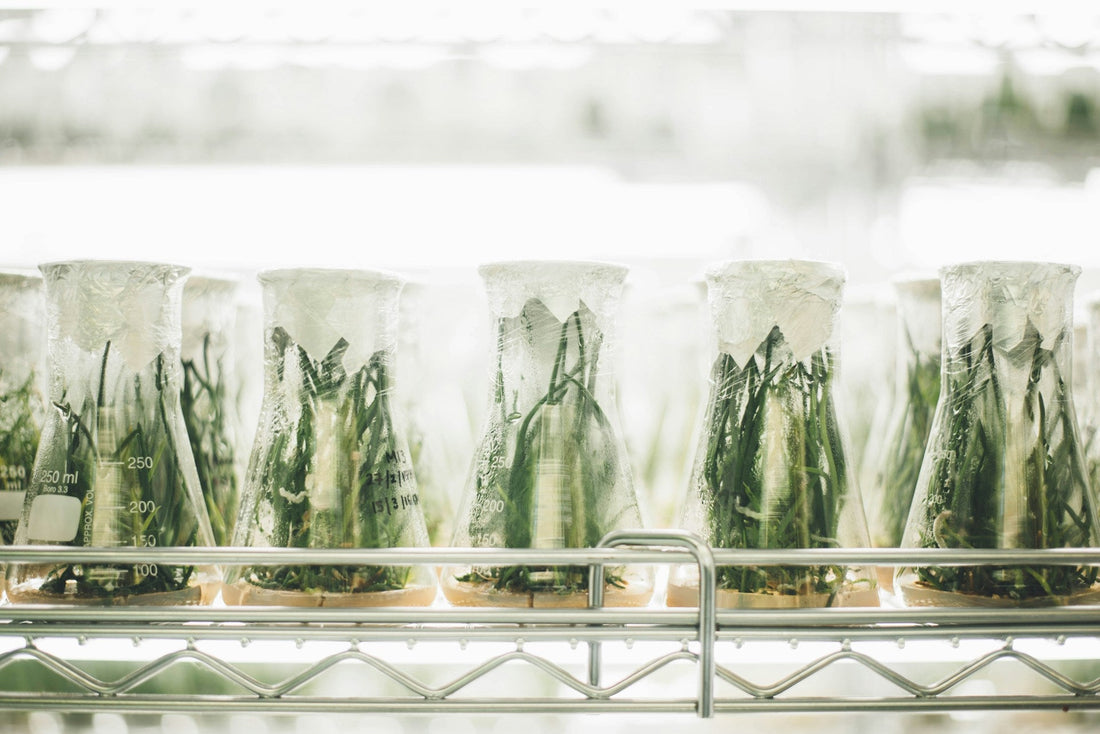SO WHAT'S THE PROBLEM WITH SYNTHETIC FERTILISERS?
The primary ingredients found in most synthetically produced fertilisers contain three elements:
- Nitrogen (N)
- Phosphorus (P)
- Potassium (K)
Modern synthetic fertilisers essentially, were created when facilities that produced ammonia and synthetic nitrates for explosives which were later converted to the production of nitrogen-based fertilizers at the end of the Second World War.
Nitrogen is the primary need for pushing plant growth so for the purposes of this brief discussion we will only deal with it, however the processes involved in synthesizing phosphorus and potassium are similar.
The air we breathe is approximately 78% nitrogen. Nitrogen is a tricky element in that it is tightly bound. It must go through a process of alterations or become “fixed” before it can be made available and useful for a plant.
At the turn of the century, it was found that when air was exposed to the hydrogen molecules in natural gas, the nitrogen would “fix” to the hydrogen when the mixture of air and natural gas was exposed to high heat and pressure.
Thus, we found a way of capturing atmospheric nitrogen for agricultural use.
With this point there are complications. The nitrogen that is fixed is not by itself. Rather, it is found in the ammonia that is created in the process (NH4). A common fertilizer created in this way in called Anhydrous Ammonia.
It is the most common as it is the first chemical produced in the process, has a high nitrogen content, and is kept in liquid form under pressure for application. While a high source of Nitrogen, Anhydrous Ammonia has many drawbacks.
- Firstly, it is poisonous. Exposure to Anhydrous Ammonia is a vapor or a liquid form which cause severe injuries to the eyes and lungs including fatalities.
- Second, when Anhydrous Ammonia meets water, it forms the corrosive alkaline Ammonium Hydroxide. When Anhydrous Ammonia is applied into the ground, a significant amount can be lost as vapor if the moisture conditions aren’t perfect or if the application depth is too high or too low.
- Third, ammonia kills most bacteria, including the nitrifying bacteria needed in the soil to continue the conversion of the “fixed nitrogen” into a form useable by the plant. Much of the applied nitrogen is at risk of being lost through leeching, runoff from rain, denitrification and is a poison on all living things in water and on land.
As a result, it may be necessary to add nitrification inhibitors which prevent the nitrogen from falling out of the ammonia mix until later in the year, creating a slower release.
Released nitrates in the environment cause substantial damage to waterways and aquifers and can cause everything from birth defects to toxic algae plumes in rivers, streams, and oceans.
Phosphorus discharge is one of the greatest ecological issues facing our environment today, especially through the larger traditional industries with a focus on higher, artificially stimulated, short to intermediate-term yields.

